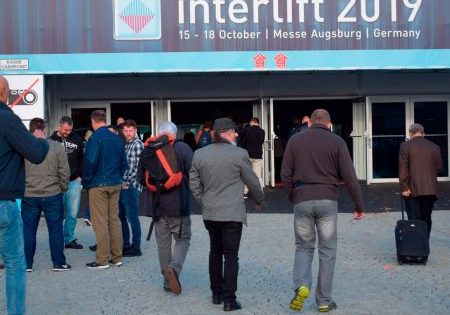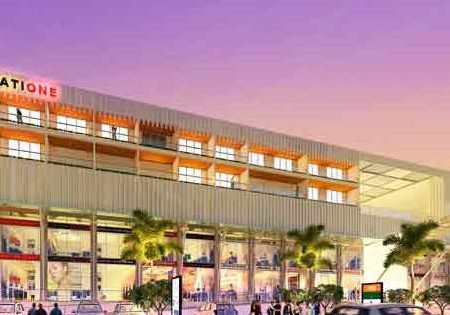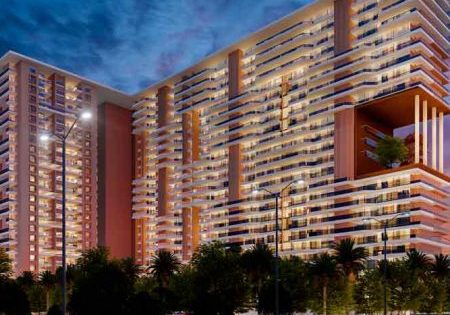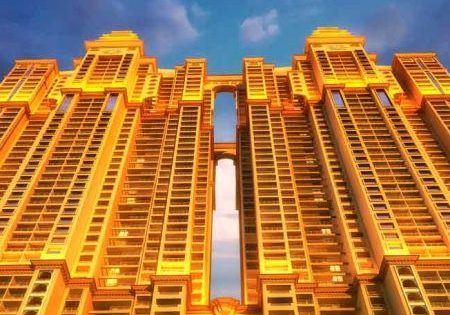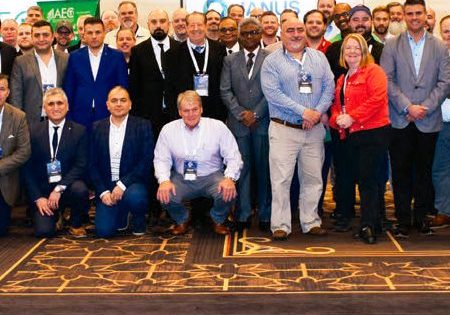Retrofitting Urban Infrastructure
Jan 1, 2020
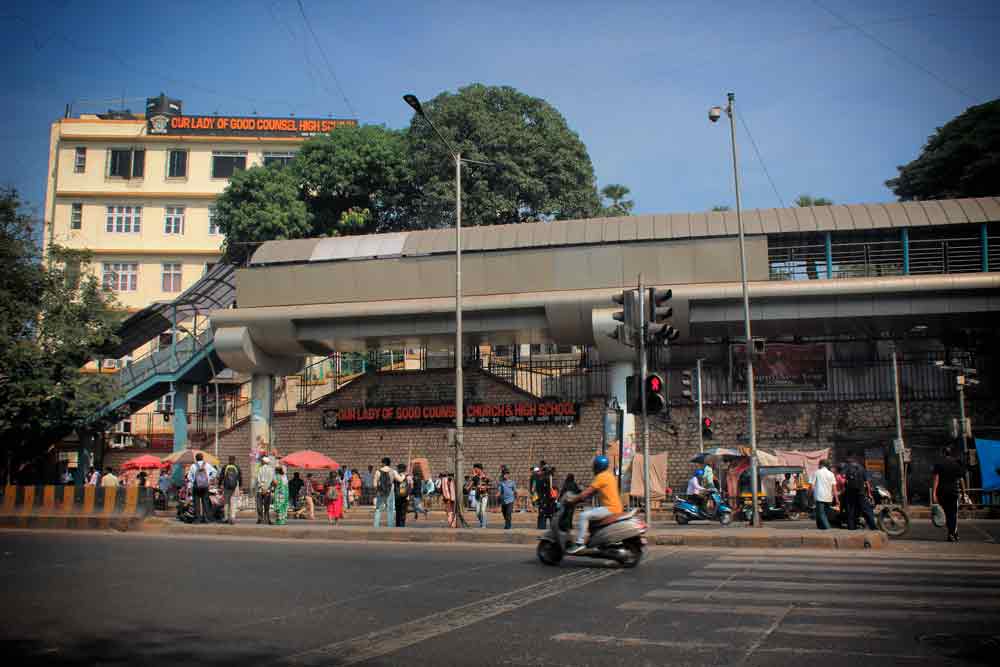
Your author makes the case that FoBs be outfitted with VT.
Photos by Sarvesh Titame
The progress of any nation is greatly influenced by its transportation infrastructure. An efficient transportation infrastructure system can play a huge role in speeding up that progress. Transportation infrastructure can be divided into three main categories:
- Air
- Sea
- Land (including roadways, rail network and pedestrian transit)
Each mode has its own unique challenges, which need to be constantly addressed to continuously maintain, as well as upgrade, the system’s efficiency. But the challenges are most pronounced in the last category — land transportation — especially in urban areas. In cities, land transportation must be designed to facilitate ease of vehicular traffic, as well as smooth pedestrian transit across road networks. As cities grow, vehicular load on roads increases, along with a simultaneous increase in people movement along and across these roads. If this demand is not properly addressed, it can lead to severe situations like road mishaps, which is evident from statistics that show the number of daily road accidents within cities.
Another major area of focus is traffic congestion where vehicles and humans cross paths. Invariably, this creates a situation in which traffic signals are employed to halt vehicular traffic to allow people movement. Hence, vehicular traffic intermittently comes to a halt, thereby affecting speed of movement. This also translates into burning more fuel, creating more urban air pollution, and leads to a loss of valuable working hours.
To address this situation, more flyovers and bridges are built to allow continuous vehicular movement, and foot overbridges (FoBs) are constructed for safe human transit. While flyovers and bridges are smoothly integrated into existing vehicular traffic, since they become a part of the road network, in most urban areas, FoBs are highly inefficient in easing human transit. An inefficient human-transit system has a direct bearing on the efficiency of vehicular transit.
There are many reasons people are reluctant to use a FoB. Chief among them are that people are inclined to not use the system, feel insecure about using the system and have physical limitations in terms of using the system.
The first reason is purely subjective. It is up to individuals to understand the system is meant to help them cross roads safely. The system could be designed in a manner that using it becomes indispensable. The second reason could be addressed by installing security cameras and having personnel guarding the structure to avoid untoward incidents, especially concerning women and children.
The third reason is, by and large, the main reason a large number of people avoid using FoBs. Typically, FoBs are built at a minimum 5.5-m height — the equivalent of climbing two floors. This is a deterrent for a host of people, including those with disabilities, the old and infirm, people with children holding their hands and those carrying goods and luggage. Invariably, these people are compelled to cross streets at road level.
A classic case is the FoB near Sion Station in Mumbai. The road from the station is heavily trafficked, as it connects to the Eastern Express Highway. Abutting the station is a school and, next to it, a medical college. As the FoB stands nearly 6 m, accessed only by staircases, it has a very low density in terms of human movement. Schoolchildren, along with parents holding them and carrying school bags, invariably choose to cross the road at ground level. In addition, people who want to reach the station as early as possible try to save time by crossing at road level. Thus, despite the FoB being in place, there is still human and vehicular congestion on the streets, defeating the purpose of having an FoB.
This FoB is just one of many across the city. The structures have been built at a cost but are essentially irrelevant because of their inaccessibility and the general public’s disinclination to use them. This situation can be rectified by installing elevators and escalators. Vertical-transportation (VT) equipment can be introduced during the design stage or retrofitted in the existing infrastructure. This will encourage people to use the FoB despite their physical limitations. More people using the system will influence others to follow suit.
As the FoB starts being used frequently, road traffic will lessen. This will ensure smooth vehicular passage, leading to increased efficiency in fuel consumption and working hours. Thus, the entire transportation system will witness a great surge in efficiency, and positively impact the progress of the nation.
Thus, even if there is a marginal increase in FoB cost to accommodate VT equipment installation, it will be greatly offset by the increase in fuel efficiency and working hours. Most importantly, it will lead to a huge reduction in traffic-related human mishaps and casualties. For, nothing is more valuable than human life.
Get more of Elevator World. Sign up for our free e-newsletter.


